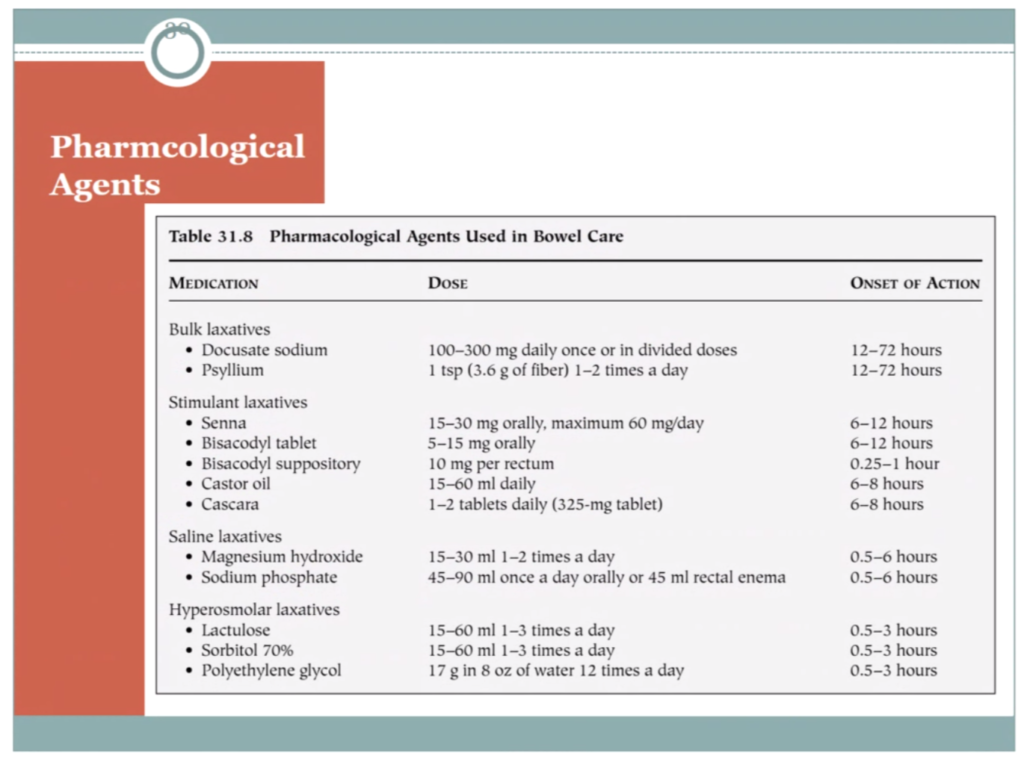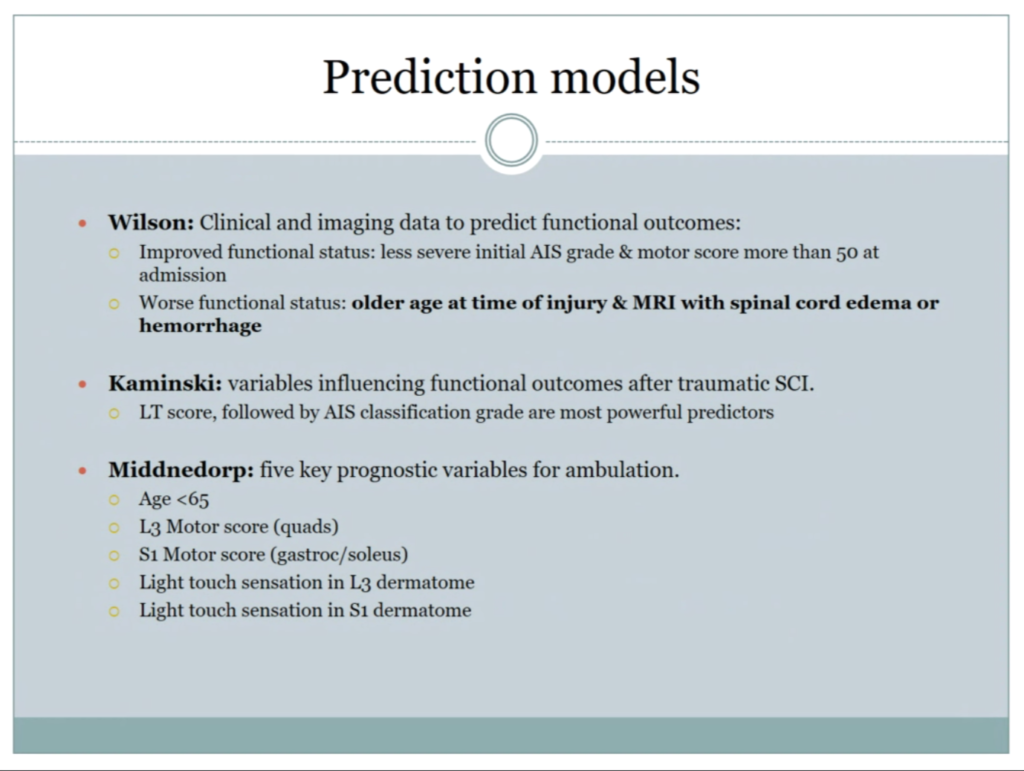Here are some notes from our conference on April 1st for some spaced repetition. Topics included are Orthopedic emergencies, fracture pattern review, disorders of coagulation, and targeted temperature management after cardiac arrest. Please comment with any thoughts or corrections!
Orthopedics Review
Arthrotomy: Takes up to 155 cc for sensitive test, can sometimes substitute CT (institution dependent)
Injury Patterns by Anatomic Location:
Clavicle fracture: Medial can be complicated by vascular injury, up to 15% are complicated by nonunion, most common location is mid shaft
Shoulder dislocation: Anterior most common, posterior associated with seizure or electrical injury
Humerus: Posterior fat pad or anterior sail sign indicative of lipohemarthrosis, concern for occult injury (supracondylar in pediatrics, radial head in adults)
Forearm: Monteggia and Galleazzi (MUGR, Monteggia Ulnar fracture with radial head dislocation, Galleazzi Radius fracture with distal radioulnar dislocation)
Wrist: Colle’s (dinner fork) and Smith fracture (opposite), Lunate vs. perilunate dislocation (based on alignment of radius, lunate, and capitate) (https://radiopaedia.org/articles/lunate-dislocation?lang=us)
Hand: Boxer’s fracture (5th metacarpal)
Pelvis: mechanism of injury classification includes anterior compression, lateral compression, vertical shear injuries, binder to reduce pelvic volume for “open book” injuries typically associated with AC mechanism, posterior hip dislocation (early management reduces risk of avascular necrosis of femoral head)
Knee: posterior knee dislocation (high incidence of vascular injury, can often spontaneously reduce), tibial plateau fracture (often occult, can only see in lipohemarthrosis in some cases, low threshold for CT), tendon rupture (based on position of patella)
Ankle: Maisonneuve (due to syndesmosis conducting force to proximal fibula, sometimes associated with mortise widening), malleolar fractures, pilon fracture (through distal articular surface of tibia, increased likelihood of poor functional outcome)
Foot: LisFranc injury (dislocation at the Tarsometatarsal joint), Jones fracture (at the base of the 5th metatarsal, high rate of nonunion) (https://radiopaedia.org/articles/avulsion-fracture-of-the-5th-metatarsal-styloid?lang=us)
Infectious complications:
Septic arthritis- typically presents with pain with passive and active ROM at the joint, diagnosis is my arthrocentesis (WBC >50,000 for bacterial), polyarticular concerning for disseminated gonococcus
Felon/Paronychia- distal finger infections, involve the pulp space (felon) and the cuticle (paronychia)
Flexor tenosynovitis- Kanavel’s signs (pain with passive extension, flexor tenderness, circumferential swelling, held in flexion)
Compartment syndrome- Often clinical diagnosis diagnosis, more sensitive with compartment pressures (delta pressure <30, diastolic – compartment pressure or pressure >30), often associated with opioid use
Microangiopathic Hemolytic Anemias, vWF disease, and DIC
Thrombotic thrombocytopenic Purpura:
General- Primary disorder, hereditary deficiency of or autoimmune response to ADAMSTS13 resulting in decreased cleavage of vWF polymers
-leads to consumptive coagulopathy with platelet destruction
Clinical Presentation- fever, AMS, thrombocytopenia, renal injury
Treatment- Plasmapheresis and steroids
Disseminated Intravascular Coagulation:
General- Secondary disorder, due to systemic inflammation leading to consumptive coagulopathy
Clinical presentation- bleeding, elevated D dimer, abnormal coagulation studies, low fibrinogen/platelets
Treatment- Aimed at underlying cause, can also transfuse as needed
Immune Thrombocytopenic Purpura:
General- Primary disorder, autoantibodies against platelets leading to platelet destruction and thrombocytopenia
-can be caused by infections (viral or bacterial,) autoimmune disease, or various medications
Clinical Presentation- asymptomatic thrombocytopenia
Treatment- glucocorticoids, IVIG if active bleeding
VonWillebrand Factor Disease
General- deficiency in vWF (either quantitative or qualitative) resulting in decreased activity/coagulation
Type 1- Decreased quantity
Type 2- Decreased activity
Type 3- Almost no vWF, most severe
Clinical Presentation- epistasis, mucosal bleeding, heavy menstrual cycles, increased bleeding during surgery
Treatment- When uncontrolled bleeding, desmopressin (for type I, causes vWF release), cryoprecipitate (for life threatening bleeding), recombinant vWF
Targeted Temperature Management
Indications: non traumatic cardiac arrest, earlier the better
Contraindications: DNR, already hypothermic, intoxicated/other cause for coma
General: Reduction in body temperature to 33-36 C for 24 hrs after arrest
-Main goal is to prevent hyperthermia which is associated with increased mortality and poor outcomes
Patients can take weeks to recover neurologic function after cardiac arrest; be careful about prognosticating too early.
![Room9er ["Room Niner"]:](https://room9er.com/wp-content/uploads/2020/03/cropped-Screen-Shot-2020-03-08-at-3.16.16-PM.png)


